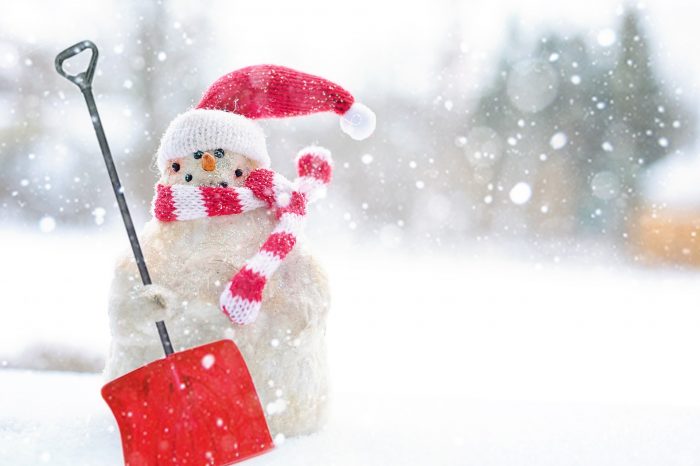Editorial: Shoveling safe
With nearly 2 feet of snow covering the North Shore of Long Island, it’s important to remember that shoveling it can be a strenuous task for both the young and old.
While freshly fallen snow looks pretty, it gets ugly fast when it piles up preventing us from getting to work, school or the supermarket.
In order to get back to our daily tasks, the bottom line is we have to shovel. But shoveling can lead to not only minor aches and pains, but unfortunate situations such as heart attacks or death.
This week alone with the most recent nor’easter, there were three blizzard-related deaths on Long Island — two in Syosset and one in Cutchogue.
According to data analyzed in a 2019 Washington Post story, shoveling during snowstorms is responsible for about 11,500 injuries — 100 of which on average are fatal.
However, Catholic Health Physician Partners cardiologist, Dr. Chong Park, gave his insight on how to prevent heading to the hospital while cleaning up your property.
Park suggested doing a 10-minute warm-up before going outside.
“Light exercise and stretching allow your muscles and joints to loosen,” he said. “Also, avoid eating a heavy meal and consuming alcohol prior to clearing snow.”
Park added, “Should symptoms such as chest pain, chest heaviness, palpitations or shortness of breath occur as you shovel snow, stop immediately and seek medical attention.”
Other tips from Park include:
Dress properly: To stay warm when you’re outside, wear several loose layers of clothing. Additionally, don a water-resistant coat and boots along with a knit hat, scarf and gloves. It’s important to keep your gloves as dry as possible while shoveling. Wet gloves won’t keep your hands warm.
Set your pace: You may want to clear the snow as fast as possible, but that’s when injuries occur. Go slow and do it step-by-step. As much as possible, push snow along the ground. Use a smaller snow shovel to avoid lifting a load that is too heavy.
Be sure to take frequent breaks, return inside to warm up and consume plenty of water. It’s also important to clear snow as quickly as possible before it begins to melt and gets too heavy.
Good form: When lifting snow, it’s important to use your legs. Bending at the waist can lead to an injury. Keep your back straight and squat with your knees wide. Avoid tossing snow. Instead, walk it to where you want to dump it.
Avoid falls: Wear boots with slip-resistant soles. Once you have cleared your driveway and walkway, throw down salt or sand to eliminate any remaining ice or snow and enhance traction.
So, please follow our motto, “Snow: Handle with care.”







